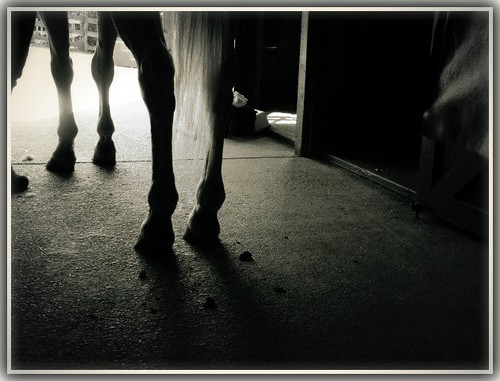Horses are magnificent creatures known for their grace, strength, and athleticism. Unfortunately, like many large animals, they are particularly susceptible to joint problems, especially as they age or after years of physical activity. Chronic joint pain in horses can significantly impact their quality of life, performance abilities, and overall well-being. Understanding how to properly care for a horse suffering from chronic joint pain is essential for any horse owner or caretaker. This comprehensive guide will explore various strategies, treatments, and management techniques to help your equine companion live comfortably despite their joint issues. With proper care and attention, many horses with chronic joint pain can continue to lead happy, active lives while minimizing discomfort.
Understanding Equine Joint Pain
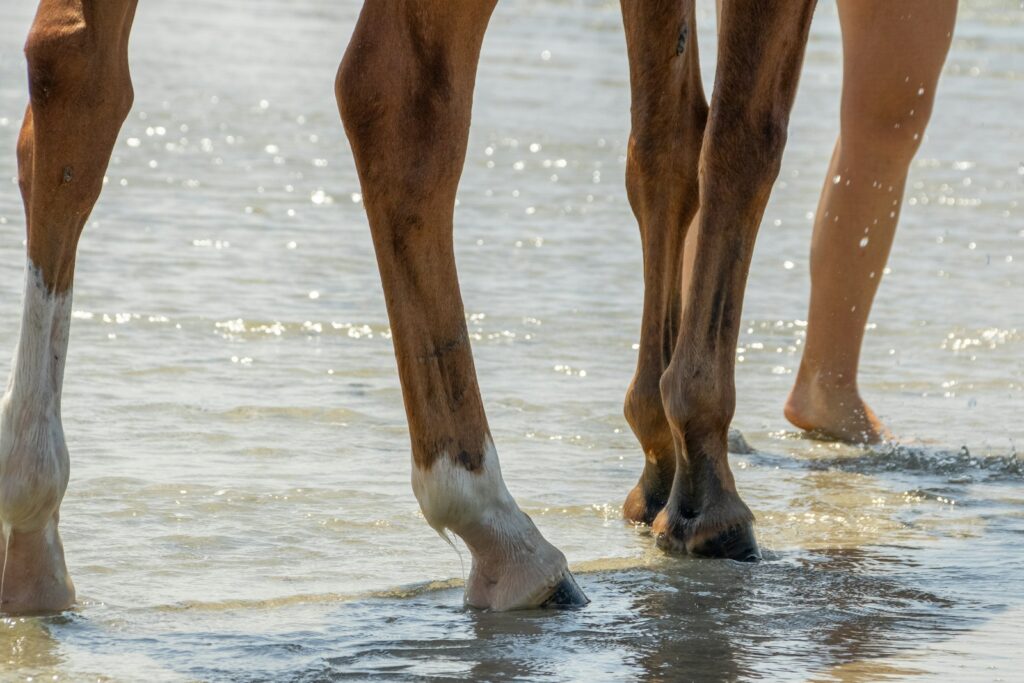
Before implementing care strategies, it’s important to understand what causes joint pain in horses. Equine joint pain typically stems from conditions like osteoarthritis, degenerative joint disease, or injuries that have damaged the cartilage, synovial fluid, or surrounding structures. The large joints of horses bear tremendous weight and pressure, making them particularly vulnerable to wear and tear over time. Common signs of joint pain include stiffness, especially after rest, reluctance to move or perform certain actions, visible swelling around joints, heat in the affected area, and changes in gait or posture. Joint pain tends to be more severe in cold weather, after intensive exercise, or following extended periods of inactivity. Understanding the specific cause and nature of your horse’s joint pain is crucial for developing an effective care plan.
Recognizing the Signs of Joint Pain

Early detection of joint pain is vital for effective management and preventing further deterioration. Horses are stoic animals that often hide pain until it becomes severe, making it essential for owners to be vigilant about subtle changes in behavior or movement. A horse with joint pain may show reluctance to move forward, exhibit a shortened stride, resist bending in one direction, or have difficulty with transitions between gaits. You might notice your horse shifting weight from one leg to another when standing, or developing unusual behaviors like refusing jumps or avoiding certain movements they previously performed with ease. Regular observation is key, as is familiarizing yourself with your horse’s normal movement patterns and temperament to quickly identify when something isn’t right. Keeping a journal of observations can help track patterns and provide valuable information to your veterinarian.
Veterinary Diagnosis and Care Plans

Professional veterinary assessment is essential when managing a horse with chronic joint pain. A qualified equine veterinarian can perform a thorough lameness examination, which may include flexion tests, nerve blocks, and observing the horse’s movement on different surfaces and in various conditions. Advanced diagnostic imaging such as radiographs (X-rays), ultrasound, MRI, or CT scans may be recommended to evaluate the extent of joint damage and identify the specific structures affected. Based on these findings, your veterinarian will develop a comprehensive care plan tailored to your horse’s individual needs. This plan might include medication protocols, therapeutic options, exercise recommendations, and lifestyle adjustments. Establishing a strong partnership with your veterinarian ensures ongoing monitoring of your horse’s condition and allows for timely adjustments to the treatment plan as needed.
Medical Management Options

Pharmaceutical interventions often play a crucial role in managing equine joint pain. Non-steroidal anti-inflammatory drugs (NSAIDs) such as phenylbutazone, flunixin meglumine, or firocoxib can help reduce inflammation and pain, making your horse more comfortable. For more severe or acute flare-ups, your veterinarian might recommend intra-articular injections of corticosteroids, hyaluronic acid, or regenerative therapies like platelet-rich plasma (PRP) or stem cells directly into the affected joint. Systemic joint supplements containing ingredients such as glucosamine, chondroitin sulfate, MSM, and hyaluronic acid are frequently prescribed to support joint health and function over the long term. It’s important to understand that while medications can significantly improve comfort, they should be part of a broader management strategy and used under veterinary guidance to minimize potential side effects. Your veterinarian will create a medication schedule that balances pain control with the horse’s overall health.
Nutritional Support for Joint Health
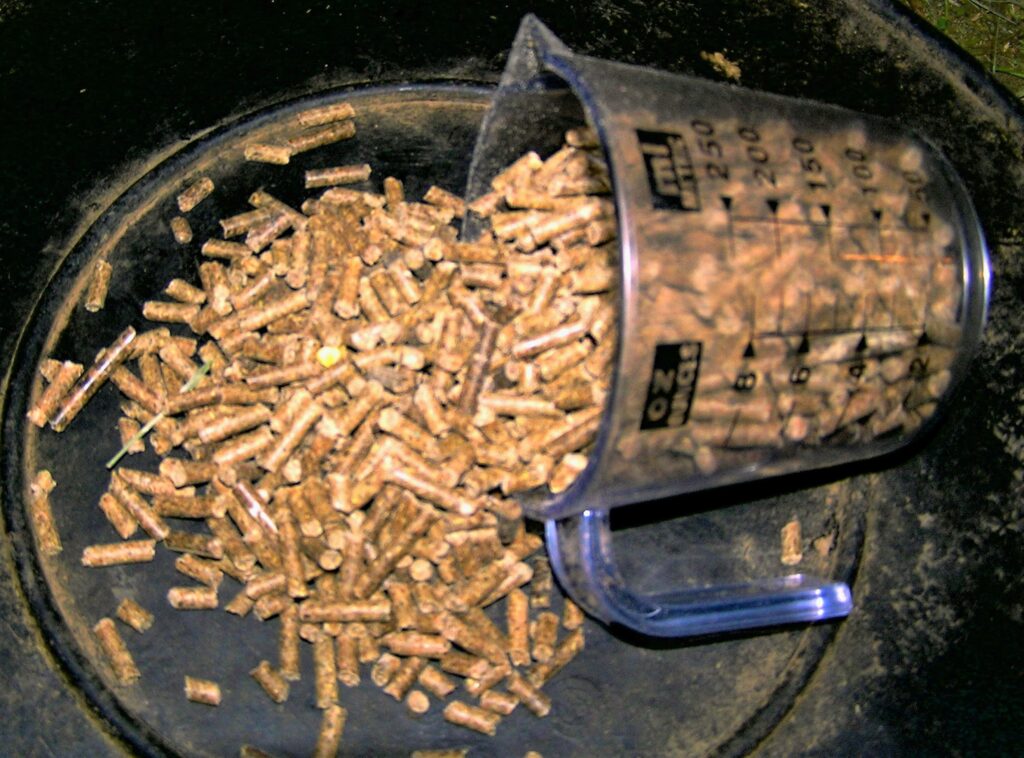
Proper nutrition plays a fundamental role in managing joint pain and supporting overall joint health in horses. A balanced diet with appropriate levels of quality protein, essential fatty acids, vitamins, and minerals provides the building blocks needed for joint tissue maintenance and repair. Omega-3 fatty acids, found in flaxseed oil and certain commercial supplements, have natural anti-inflammatory properties that can help reduce joint inflammation. Maintaining appropriate weight is crucial, as excess weight places additional stress on already compromised joints. Work with an equine nutritionist to develop a feeding program that meets your horse’s specific needs while supporting joint health. Some horses benefit from specialized feeds formulated specifically for senior horses or those with joint issues, which typically contain higher levels of antioxidants and anti-inflammatory nutrients. Consistency in feeding schedules and avoiding sudden dietary changes is also important for horses with joint sensitivity.
Exercise and Movement Management

Appropriate exercise is vital for horses with joint issues, as the right amount and type of movement helps maintain joint mobility, muscle strength, and overall fitness. Regular, controlled exercise promotes blood flow to the joints and helps prevent the stiffness that often comes with inactivity. However, the exercise regimen must be carefully tailored to your horse’s specific condition, avoiding high-impact activities that could exacerbate joint damage. Walking, controlled trotting on soft surfaces, and gentle hill work can be beneficial, while activities involving sharp turns, deep footing, or jumping may need to be limited or eliminated. Many horses with joint pain benefit from shorter, more frequent exercise sessions rather than less frequent, longer workouts. Always include proper warm-up and cool-down periods, allowing the horse’s muscles and joints to gradually prepare for and recover from activity. Working with an experienced equine physical therapist can help develop an appropriate exercise plan that balances maintaining fitness with protecting vulnerable joints.
Appropriate Housing and Environment
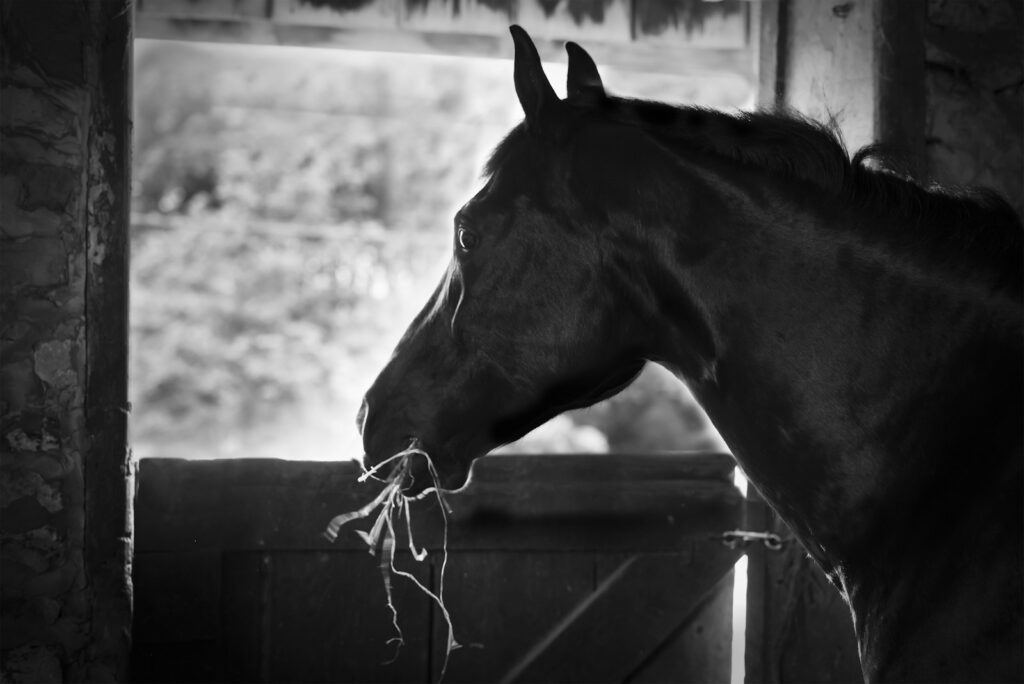
The living environment significantly impacts the comfort and mobility of horses with chronic joint pain. Providing appropriate footing is essential—stalls should have adequate, cushioned bedding to support comfortable rest, while turnout areas should offer level, consistent footing that isn’t too deep or too hard. During cold or damp weather, which often exacerbates joint pain, ensure your horse has access to shelter and consider using waterproof turnout blankets to keep joints warm and dry. For horses with more severe mobility issues, smaller turnout areas may be preferable to large pastures, reducing the distance the horse needs to travel for food, water, and shelter. Some facilities offer specialized therapeutic surfaces such as sand arenas or water treadmills that provide low-impact exercise options. The ideal arrangement allows for regular movement throughout the day, as prolonged standing in stalls can increase joint stiffness and discomfort.
Physical Therapy and Rehabilitation

Professional physical therapy can dramatically improve outcomes for horses with chronic joint pain. Equine physical therapists utilize various techniques to improve joint function, reduce pain, strengthen supporting muscles, and enhance overall mobility. Common therapeutic approaches include controlled exercise programs, passive range of motion exercises, and specialized equipment like underwater treadmills or vibration plates. Therapeutic ultrasound can increase blood flow to damaged tissues, while laser therapy may help reduce inflammation and promote healing. Manual therapies such as massage, stretching, and joint mobilization can help maintain flexibility and reduce muscle tension that often accompanies joint problems. For optimal results, physical therapy should be performed consistently according to a structured plan developed by a certified equine rehabilitation specialist. Many of these techniques can be taught to owners for daily or weekly implementation between professional sessions, creating a comprehensive approach to managing your horse’s condition.
Alternative and Complementary Therapies

Many horse owners find that complementary therapies provide additional relief when used alongside conventional treatments. Acupuncture has gained significant recognition in equine medicine for its ability to reduce pain and inflammation by stimulating specific points that influence the body’s natural healing mechanisms. Chiropractic adjustments can address misalignments that may develop as the horse compensates for joint pain, helping to restore proper movement patterns and reduce strain on affected joints. Therapeutic massage helps relieve muscle tension and improve circulation to affected areas, while various forms of energy work such as Reiki may provide stress relief. Herbal remedies with anti-inflammatory properties, such as devil’s claw, yucca, or turmeric, are sometimes incorporated into management plans under veterinary guidance. While scientific evidence varies for these approaches, many horses show noticeable improvement when these therapies are incorporated into their care routine. Always discuss alternative treatments with your veterinarian to ensure they won’t interfere with other aspects of your horse’s care plan.
Proper Hoof Care and Shoeing
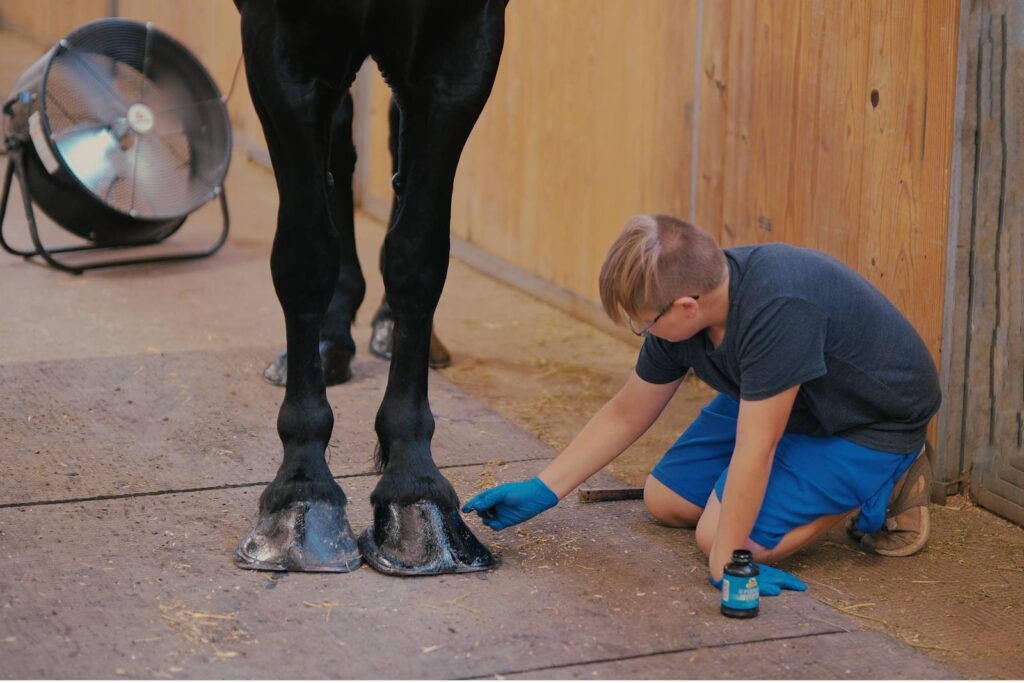
Maintaining optimal hoof balance and appropriate shoeing is fundamental when caring for horses with joint pain. The horse’s hooves directly influence how impact forces travel up the limb, affecting joint loading and overall comfort. Working with an experienced farrier who understands equine biomechanics is essential for horses with joint issues. Special therapeutic shoeing approaches might include the use of pads or specialized shoes that provide additional support or alter the breakover point to reduce stress on painful joints. For horses with arthritic hocks or stifles, minor adjustments to toe length or heel height can significantly improve comfort and function. Regular, consistent trimming schedules are important to prevent imbalances that could exacerbate joint problems. Your farrier and veterinarian should collaborate on the shoeing approach, particularly if radiographs reveal specific joint changes that could benefit from targeted hoof modifications. Even horses that go barefoot require expert trimming to maintain proper balance and support joint health.
Supportive Equipment and Technologies

Various supportive equipment can significantly enhance comfort for horses with joint pain. Therapeutic wraps and boots designed specifically for joint support can provide stability and warmth to affected areas during exercise or recovery. Magnetic therapy blankets and leg wraps are popular among some horse owners who report improvements in their horses’ comfort levels, though scientific evidence for their effectiveness varies. Cold therapy systems help manage acute inflammation after exercise, while heat therapy can be beneficial for chronic conditions, especially before activity to improve circulation and flexibility. Compression therapy boots that use pneumatic pressure can help reduce swelling and improve circulation in the lower limbs. For riding, specialized saddle pads that distribute weight more evenly or absorb shock can reduce impact on sensitive backs and joints. When selecting supportive equipment, it’s important to ensure proper fit and application, as ill-fitting devices can cause more harm than good.
Managing Flare-Ups and Acute Episodes

Even with comprehensive management, horses with chronic joint conditions will likely experience periodic flare-ups when symptoms worsen temporarily. Having a clear plan for these episodes is essential for prompt intervention and quicker recovery. At the first sign of increased pain or inflammation, implement rest and cold therapy to the affected joint, applying cold packs or cold hosing for 15-20 minutes several times daily. Contact your veterinarian to discuss whether additional pain medication or anti-inflammatory treatment is appropriate. During flare-ups, temporarily modify the exercise routine to reduce stress on affected joints while maintaining some level of movement to prevent stiffness. Monitor the horse closely for signs of improvement or deterioration, keeping detailed notes about symptoms, treatments applied, and the horse’s response. Understanding potential triggers for your individual horse—such as changes in weather, increased activity, or specific movements—can help you anticipate and possibly prevent future flare-ups through proactive management.
Long-term Management and Quality of Life
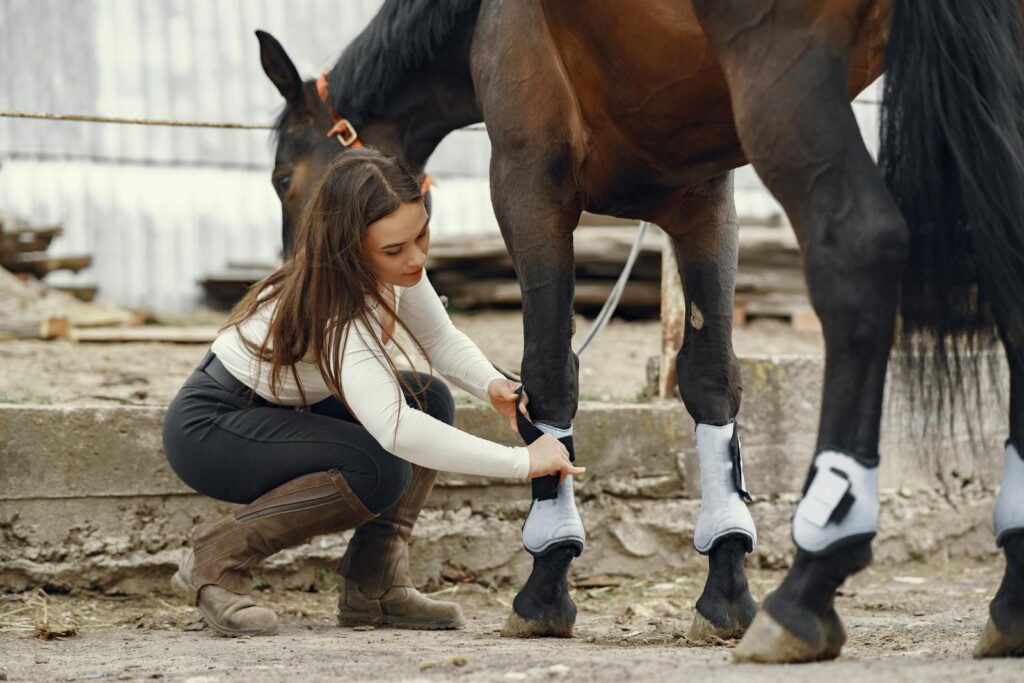
Caring for a horse with chronic joint pain is a long-term commitment requiring patience, observation, and adaptation. Maintaining a consistent daily routine helps reduce stress and provides predictability that many horses with physical limitations appreciate. Regular reassessment is crucial—what works for your horse may change over time as their condition evolves or as seasons change. Be prepared to make career adjustments for performance horses, potentially transitioning to less demanding activities that allow them to remain active without excessive joint stress. Focus on finding ways your horse can still enjoy life and maintain social connections with other horses, as mental well-being significantly impacts physical health. Many horses with well-managed joint pain can remain comfortable and active well into their senior years with appropriate care. The key is finding the right balance between rest and activity, medical intervention and natural management, all while closely monitoring your horse’s comfort and quality of life.
Chronic joint pain doesn’t have to mean the end of your horse’s active life or comfort. With attentive care, appropriate medical management, and lifestyle accommodations, many horses continue to thrive despite their joint challenges. The most successful management approaches combine conventional veterinary care with complementary therapies, proper nutrition, appropriate exercise, and environmental modifications tailored to the individual horse’s needs. By staying informed about the latest treatment options and working closely with your veterinary team, you can help your equine companion maintain mobility, comfort, and quality of life for many years to come. Remember that each horse is unique in how they experience and respond to joint pain, making personalized care and regular reassessment essential components of effective long-term management.

